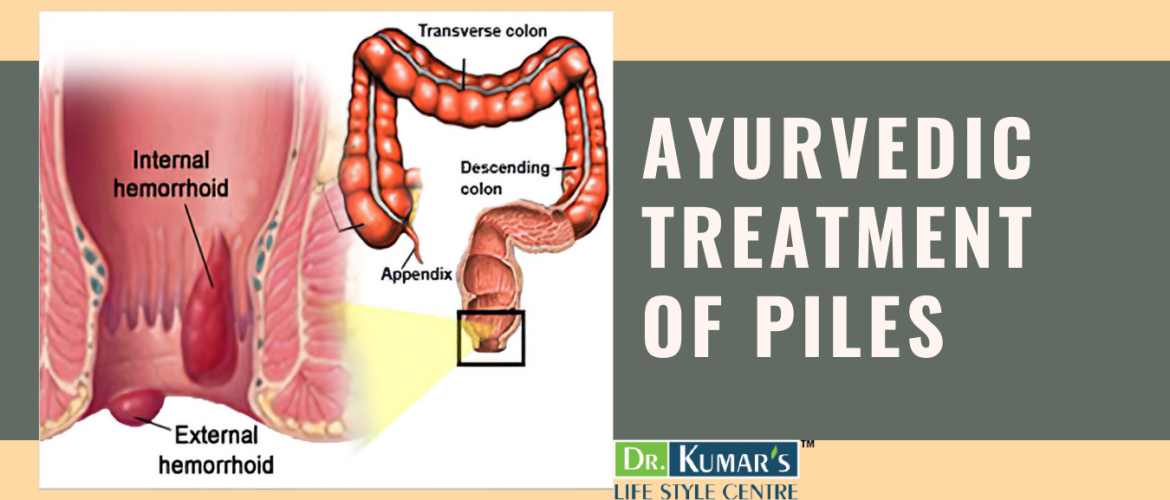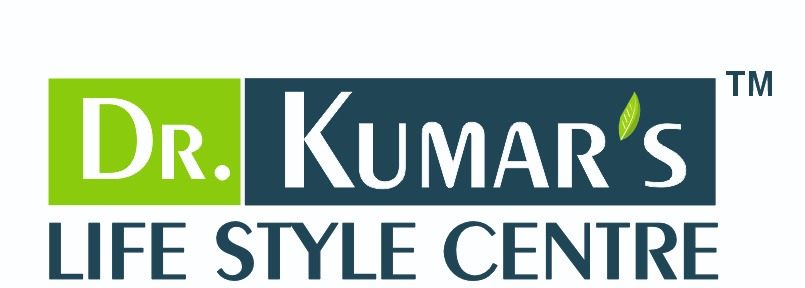
Best Ayurvedic Treatment for piles in Delhi | Faridabad | Greater Faridabad
- Dr Kumar
Hemorrhoids, commonly known as piles, comprise of swollen tissue and veins. They contain blood vessels, muscle, elastic fiber, and support tissue. They can form inside (internal piles) or outside (external piles) of the anus. Around 50 to 80 percent of the world’s population suffers from piles. In India, around 75 percent of the population develops piles. This condition develops from the age of 15 and above. Both genders may develop piles. This condition is not life- threatening. Usually, piles disappear on their own; if not then they heal after treatment. Though treatable, piles may cause discomfort, embarrassment, and pain in some cases to the patient.
Causes and symptoms of piles
Primary cause of piles is straining while passing stool due to chronic constipation. Secondary causes are diarrhea, pregnancy, erect posture, and consumption of low-fiber diet. Initial or previous symptoms include a rumbling sound in the abdomen, constipation, less quantity of stool, regurgitation, and fatigue in the legs.
Noticeable symptoms of piles are:
• Lumps around the anus.
• Tearing Pain.
• Severe itching.
• Bright red blood exudate after passing stool, especially hard stool
• Feeling of full bowels even after passing stool
• Exudate of blood or mucous from external piles
• Redness, itching, and soreness around the anal region.
In severe conditions, the following complications are possible:
• Anemia due to excessive loss of blood
• Blood clots, infection, or loss of ability to control bowel movements
• Unable to sitting.
• Creation of anal fistula that is a channel of skin created in or around the anus.
Treatment for Piles
A vast range of therapies is available for piles. Treatments for relief from piles include rubber band ligation, sclerotherapy, and coagulation therapies. The rationale behind these treatments is to cut the blood supply in the piles. A surgeon can cut piles surgically in the operating room during hemorrhoidectomy. Nowadays, laser hemorrhoidectomy is commonplace. Ayurveda can treat piles naturally without any surgical procedures.
Ayurvedic Treatment for Piles
Ayurveda refers to piles as Arsha. Ayurveda does not focus on treating an illness; rather it focuses on maintaining a healthy body. It believes that the energy body (Dosha) is made of the five elements – air, water, fire, earth, and space. There are three kinds of Dosha – Vatta (air and space), Pitta (fire and water), and Kapha (earth and water).

According to Ayurveda, the mainstay of good health is a good digestive system. Disrupted digestion causes piles. To maintain good digestion, a balance between the three Dosha and efficacious digestive fire Agni is paramount. Ayurvedic therapy for piles focuses on:
• Shrinking the piles,
• Reducing inflammation and treating itching in the anal region
• Preventing bleeding from the rectum
• Alleviating constipation
Firstly, it is important to identify which Dosha is high in the patient. The Vatta Dosha is a drying Dosha. The imbalance of this Dosha causes constipation. Imbalanced Vatta Dosha results in dry, painful, and black-colored piles. Imbalanced Pitta Dosha generates excessive heat, and thus, results in diarrhea and increased thirst. In this case, bleeding from piles is common. The Kapha Dosha is cold and heavy. Imbalanced Kapha Dosha results in big size piles that are light in color.
Ayurveda uses changes in diet and medicinal drugs for curing diseases. In the case of piles, Guggulu, an anti-inflammatory herb, reduces inflammation in the anal area. Triphala is useful to cure constipation. Kshara is another herb used in the treatment of piles. It has a cauterizing effect on the damaged tissue. It first acts on deeper tissues and then peripheral tissue. The most effective Ayurvedic treatment for piles is the application of Kshara paste on piles via a particular device, a slit proctoscope. Eventually, the piles shrivel away. This procedure does not require any kind of surgery. In another kind of Ayurvedic therapy, the doctor ties Kshara sutra at the base of piles. Piles shrink within a week due to restriction of the blood supply. Though this treatment approach is minimally invasive, yet it is risky for patients with a history of bleeding disorders.
Advantages of Ayurvedic treatment for piles
There are many reasons to choose Ayurveda for treating piles.
• Use of natural substances without any side effects
• Treatment is not invasive
• Devoid of pain
• Focus is on adopting a healthier lifestyle
• Can go back to a normal routine within no time
• In addition to treating piles, this is an ailment for all digestive disorders
Many Ayurvedic hospitals, centers, or doctors are available in the Delhi-NCR region. Dr. Kumar’s Lifestyle Centre, in Faridabad, is a pioneer in the Ayurvedic treatment of piles. At the Centre, experienced and qualified doctors have been treating severe and long-term piles completely with Ayurvedic treatment. They treat piles with the use of herbs and alterations in diet and lifestyle.
If your piles is giving you troublesome time, call experts at Dr. Kumar Life Center and get the best treatment for this disease.Tags: Ayurvedic Treatment for piles, Ayurvedic treatments, best treatment for piles, Doctors For piles treatment, Hemorrhoids treatment, piles treatment, piles treatment in delhi, piles treatment in faridabad
